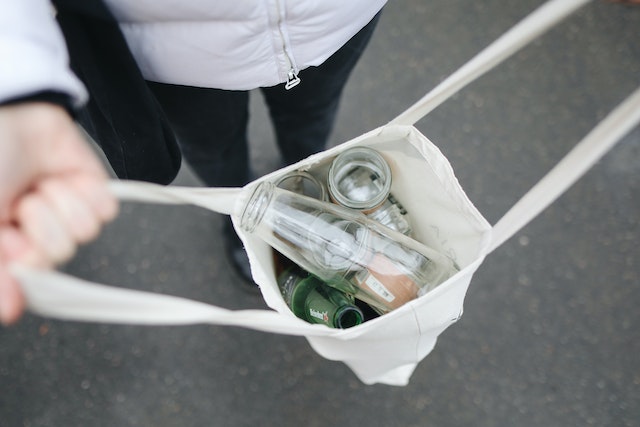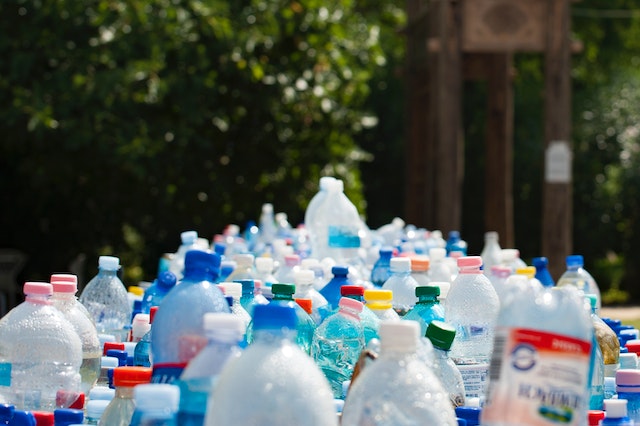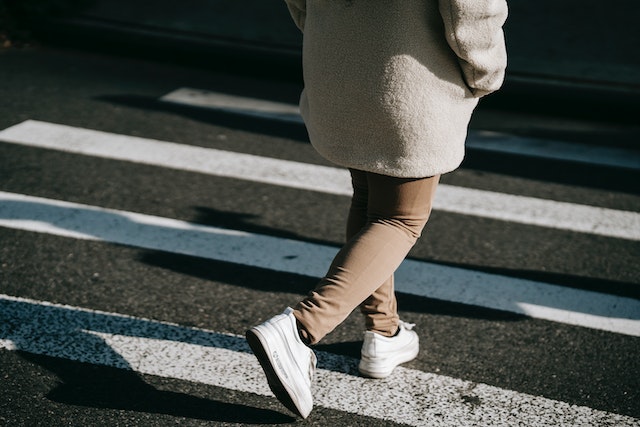
When it comes to new year’s resolutions, few seem as relevant and as benevolent as the idea of living a greener life.
Living greener doesn’t just mean making the planet a better place by reducing your carbon footprint but it can also save you money and help you to become more self-sufficient. It’s also not something that should be taken on without serious consideration.
We’d always recommend starting by booking up the carbon footprint calculator and assessing exactly how much you’re damaging the environment with your current lifestyle. Then you can start to figure out specifically where you should be targeting your lifestyle changes.
Start slow and ease yourself into this new lifestyle and don’t be afraid to leave one lingering part of your old routine to prevent you from feeling overwhelmed.
Here are the five most common ways you can change your lifestyle and live a greener and more sustainable life.
1. Starting to recycle

Recycling is something most of us in the UK do anyway. If you have a green bin outside your house right now and you’re putting your plastics into it, then you’re at least doing something right already!
But you can go further than recycling your coke bottles and sorting your trash into the right piles when you visit the tip. If you’re not sure how, start using some green apps that can help you with recycling, reusing, and more.
2. Visiting charity shops

Make use of charity shops for unwanted clothes and items that are still in good condition. Indeed, clothing often ends up in landfills, particularly fast fashion.
You might also be able to upscale old items or sell them to somebody that might have a use for them. After all, one person’s trash is another person’s treasure.
3. Limiting plastic use

Plastic is a genuine blight on our planet and while it can be very flexible and useable when it comes to our daily lives, it is incredibly difficult to get rid of. That’s why you should limit the amount of single-use plastic you buy as much as possible.
Use paper or metal straws, and paper bags rather than plastic at the supermarket, and invest in bags for life, where possible. Looking for loose fruit and veg is also a strong option.
4. Going local

There is a reason why the best restaurants always boast about using local produce. It’s fresher and doesn’t have to travel as far to get to you.
This is also true of local butchers, who generally won’t have to use the gigantic mass-market slaughterhouses used by the supermarkets and will have a much smaller carbon footprint as a result. Supporting local businesses helps everyone.
5. Changing how you travel

Finally, try to walk more or ride a bike where possible. Finding a friend to walk or ride with is a great incentive here. If you are trying to use your car semi-regularly, you’ll also save money as you can get temporary car insurance as and when it’s needed.
And don’t be afraid to take public transport either. It might not have the best reputation but it’s better to share the carbon load.
![]()
Author Profile

- Eco Warrior by day, Eco Blogger by night trying to get the eco balance right.
Latest entries
 Green GuidesNovember 3, 2025The Beginner’s Guide to Making Your Own Nontoxic Candles at Home
Green GuidesNovember 3, 2025The Beginner’s Guide to Making Your Own Nontoxic Candles at Home Green Home GuidesOctober 14, 2025What are Eco-Friendly Tissue Options for Modern UK Homes?
Green Home GuidesOctober 14, 2025What are Eco-Friendly Tissue Options for Modern UK Homes? Best practicesSeptember 17, 20253 Ways Young Families Can Commit to Sustainable Living
Best practicesSeptember 17, 20253 Ways Young Families Can Commit to Sustainable Living EnvironmentSeptember 9, 2025Eco-friendly Gardening on a Budget: 6 Sustainable Choices that make a Difference
EnvironmentSeptember 9, 2025Eco-friendly Gardening on a Budget: 6 Sustainable Choices that make a Difference





Leave a Reply
You must be logged in to post a comment.